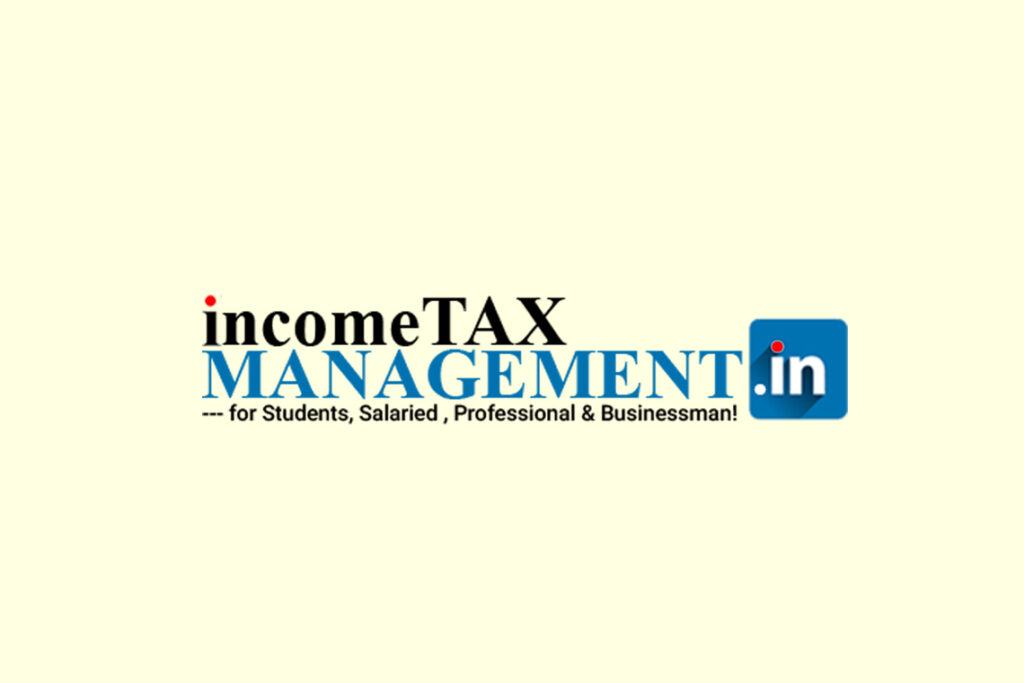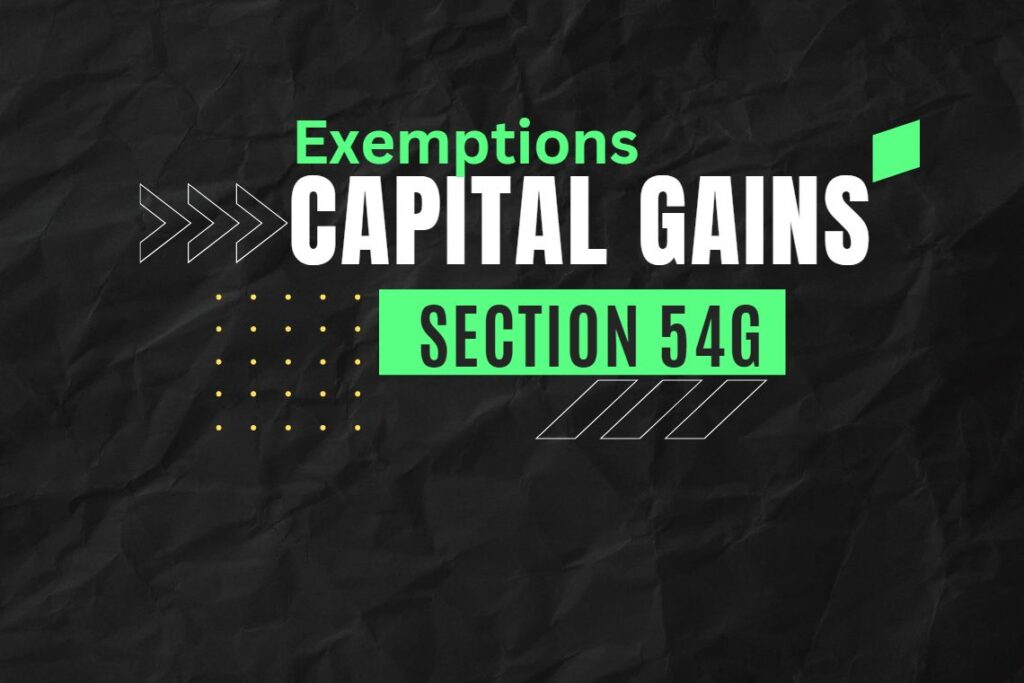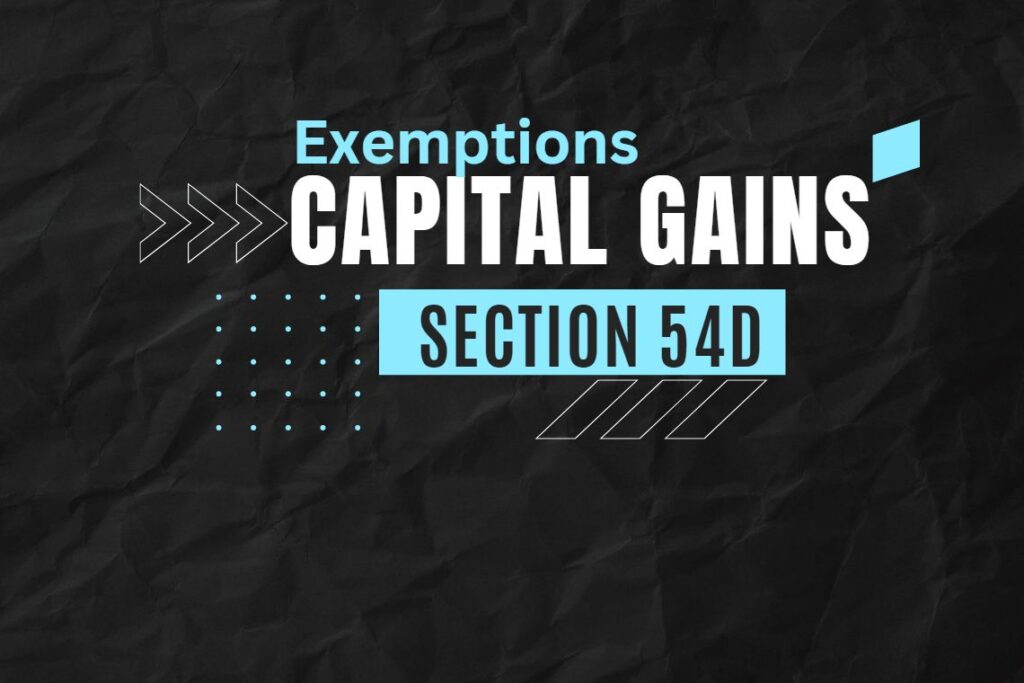Overview of STCG under Section 111A
Short-term capital gains (STCG) arising from the transfer of equity shares and units of equity-oriented mutual funds are taxed under Section 111A of the Income Tax Act, 1961. This section provides for a concessional tax rate on such gains, subject to certain conditions.
Key Features of Section 111A
Applicability
Section 111A applies to STCG from:
- Equity shares of listed companies transferred through recognized stock exchanges (with STT paid)
- Units of equity-oriented mutual funds transferred through recognized stock exchanges (with STT paid)
- Units of business trusts
- Transactions on stock exchanges located in International Financial Service Centres (IFSC) even if STT is not paid, provided consideration is in foreign currency
Holding Period
For these assets to qualify under Section 111A:
- Equity shares and equity-oriented mutual funds must be held for 12 months or less
- If held for more than 12 months, gains become long-term capital gains (LTCG)
Tax Rates
The tax rates under Section 111A depend on the date of sale:
- Before 23rd July 2024: 15%
- On or after 23rd July 2024: 20%
Example: If you sold shares on 15th July 2024, the 15% rate applies. For a sale on 25th July 2024, the 20% rate would apply.
Conditions for Section 111A Benefits
To avail the concessional tax rate:
- The transfer must be through a recognized stock exchange
- The transaction must be liable to Securities Transaction Tax (STT)
-
- Exception: Transactions on IFSC exchanges in foreign currency
Calculation of STCG under Section 111A
STCG is calculated as:
STCG = Full value of consideration – (Cost of acquisition + Expenses wholly related to transfer)
Example Calculation:
- Purchase price: ₹1,00,000 (1000 shares @ ₹100)
- Sale price: ₹1,40,000 (1000 shares @ ₹140)
- Brokerage: ₹1,000
- STCG = ₹1,40,000 – (₹1,00,000 + ₹1,000) = ₹39,000
- Tax @ 20% = ₹7,800 (for sales after 23/07/2024)
Special Provisions
Adjustment Against Basic Exemption Limit
Resident individuals can adjust STCG under Section 111A against any unused basic exemption limit (₹2.5 lakh for most individuals) after adjusting other income.
Example:
- Salary income: ₹1 lakh
- STCG under 111A: ₹4 lakh
- Other income: ₹50,000
- Basic exemption limit: ₹2.5 lakh
- Shortfall: ₹2.5 lakh – (₹1 lakh + ₹50,000) = ₹1 lakh
- Taxable STCG: ₹4 lakh – ₹1 lakh = ₹3 lakh
- Tax @ 20% = ₹60,000
No Deductions Allowed
Deductions under Sections 80C to 80U cannot be claimed against STCG under Section 111A.
Set-off and Carry Forward of Losses
Short-term capital losses (STCL) can be:
- Set off against any capital gains (STCG or LTCG) in the same year
- Carried forward for 8 assessment years to be set off against capital gains
Comparison with Other STCG
For assets not covered under Section 111A (like unlisted shares, debt funds), STCG is taxed as per the individual’s income tax slab rates.
Recent Changes (Budget 2024)
Key changes effective from 23rd July 2024:
- STCG tax rate increased from 15% to 20% under Section 111A
- LTCG exemption limit increased from ₹1 lakh to ₹1.25 lakh (though this doesn’t apply to STCG)
Practical Implications
Investors should consider:
- The increased tax cost for short-term trading (20% vs previous 15%)
- The benefit of holding beyond 12 months to qualify for LTCG treatment
- Proper documentation of acquisition costs and selling expenses
Note: Surcharge and health & education cess (4%) are applicable in addition to the base tax rates mentioned above.
For non-residents, STCG under Section 111A cannot be adjusted against the basic exemption limit and is fully taxable at the applicable rate.











